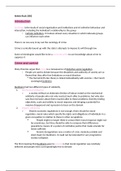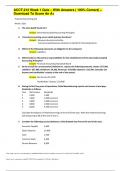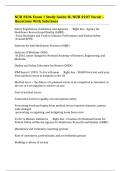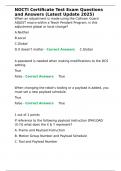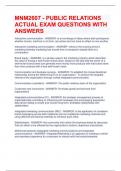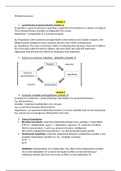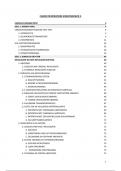Samenvatting
Summary of the mandatory articles Transnational Organized Crime
Summary of the following articles: - Rock, P. (2002). Sociological theories of crime. The Oxford handbook of criminology, 3, 51-82. - Kleemans, E. R. (2014). Theoretical perspectives on organized crime. Oxford handbook of organized crime, 32-52. - Hobbs, D., & Antonopoulos, G. A. (2014). How t...
[Meer zien]
